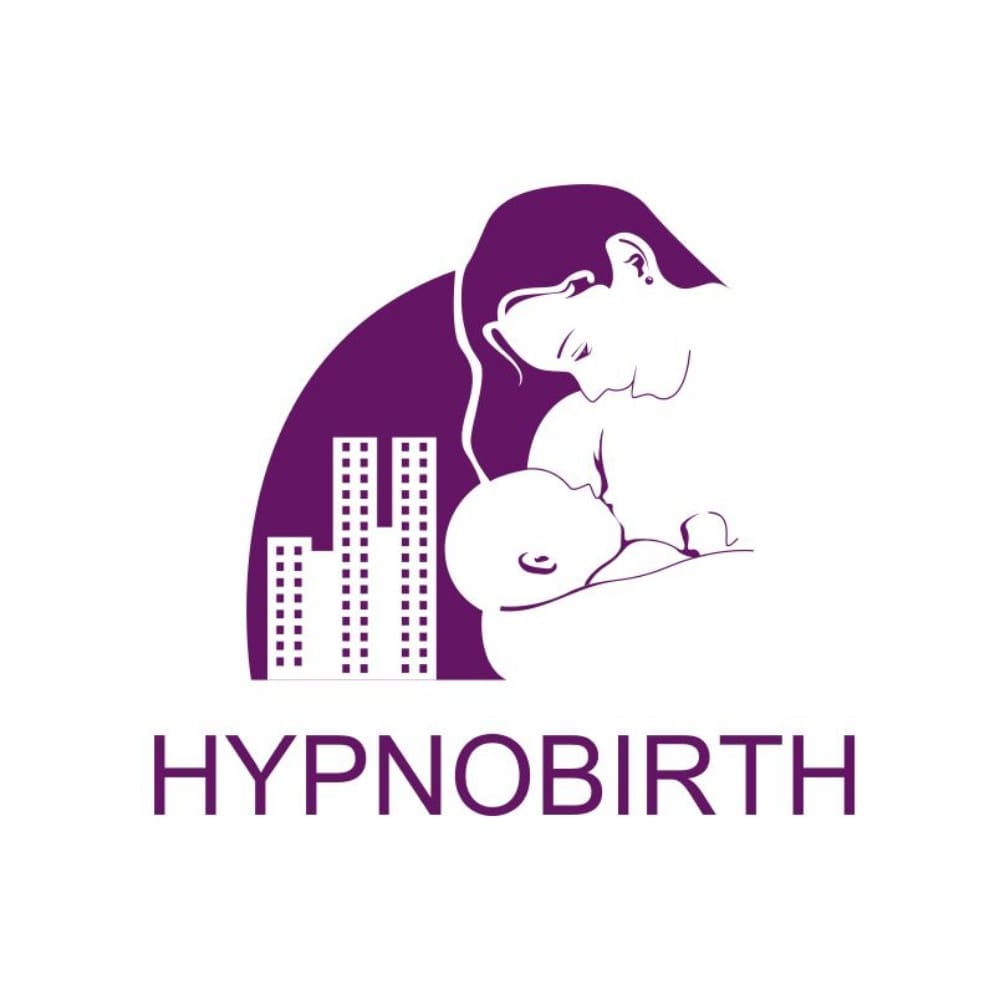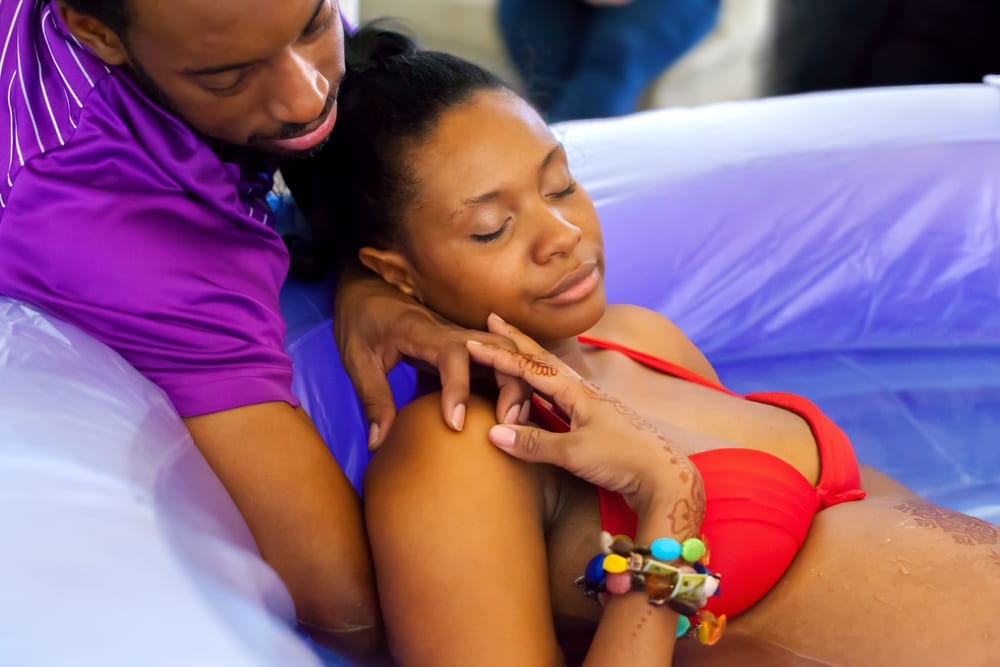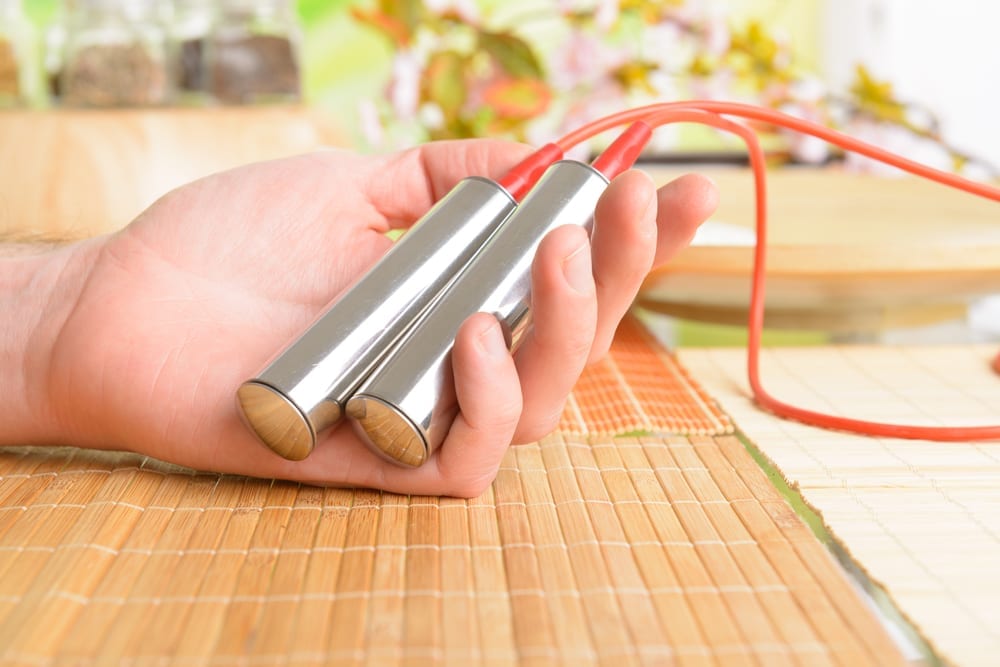With the national rate for Cesarean surgery at 31.8 percent, more and more women are turning to natural birth in hopes of avoiding the regimentation and unnecessary medical interventions that can accompany a hospital birth. In addition to wanting to avoid a cesarean delivery, mothers are also concerned about the side effects of using epidurals and the many issues that come with receiving an epidural.
Not only are you choosing to get an epidural, but you’re also signing up for several other interventions. You’ll have to receive a continuous fetal monitor, an IV drip to provide fluids to reduce the chances of a blood pressure drop, frequent blood pressure monitoring and in most cases a catheter. All of these things combined can make it difficult for the mother to move around and labor effectively. Due to the epidural, most moms are confined to a bed and laboring on their backs which is the worst positions to labor in because it narrows the pelvis, making it more difficult for the baby to pass through.
Epidurals also interfere with the natural cascade of birth hormones such as oxytocin. Oxytocin is the natural love drug’ that helps your uterus to contract. Without this, labor may slow down. When labor slows down, most hospitals opt to give the mother Pitocin, a synthetic form of oxytocin. Pitocin will then interfere with the body’s production of endorphins which act as morphine-like helpers’ to offset the pain of birth naturally. Because Pitocin is synthetic and not regulated by your body, some women will experience intense and frequent contractions that don’t allow mom and baby time to rest between contractions. If your baby can’t rest between contractions, it can cause fetal distress which could mean an emergency c-section.
This succession of events, besides not wanting to pump their bodies full of drugs among other reasons, is why more mothers are opting for natural childbirth – whether it be in the hospital, at a birthing center or at home. The largest deciding factor for choosing to have an epidural is for pain relief, while most mothers don’t know that there are natural ways to relieve the perceived pain of childbirth. Thankfully you’ve come to this blog post to learn more and we have a list of ways to feel more comfortable during your labor.

Hypnosis, Specifically Using Hypnobirthing or Hypnobabies
Using hypnosis or self-hypnosis during labor puts mothers in a state of deep relaxation. In turn, this acts as a natural anesthesia during birth as a way of naturally managing the perceived pain of labor.
There are two main types of hypnosis that are commonly used for labor – Hypnobirthing and Hypnobabies. Hypnobirthing was developed in 1989 by Marie Mongan and is often referred to as the Mongan Method. Through deep relaxation and self-hypnosis, HypnoBirthing teaches moms-to-be how to reach a peaceful state that helps keep pain to a minimum.
Hypnobabies was adapted from Master Hypnotherapist Gerald Kein’s Painless Childbirth Program which allows mothers to enjoy an eyes open childbirth hypnosis. This means mothers can walk, talk and change positions while remaining in a deep hypnosis. Hypnobabies uses soundtracks that mothers listen to while in labor to keep them in a hypnosis state.
Both hypnosis forms are well known for helping women to have shorter, easier and more comfortable childbirths and mother’s report actually enjoying the experience.

Waterbirth
A water birth is often considered one of the most comfortable and gentlest ways to give birth as she is filled in a tub filled with warm water. The water helps with comfort, relaxation and pain management. Some women will only labor in water and leave tub for delivery, while others actually give birth in the water.
The benefits of laboring or birthing in water are outstanding! The buoyancy that water provides lessens the mother’s body weight, which allows for more free movement and positioning. This also promotes more efficient uterine contractions and improved blood circulation and better oxygenation of the uterine muscles, which results in less pain for the mother and more oxygen for the baby. The water also allows the perineum to become more elastic and relaxed which can reduce the severity of tearing during labor.
There are many hospitals and birthing centers across the US that offer water births, or some mothers choose to purchase a tub for their home birth.

TENS
TENS (which stands for Transcutaneous Electrical Nerve Stimulation) is a type of drug-free pain relief that is often used by women in labor. A maternity TENS machine consists of a battery-powered, hand-held controller. The machine sends small, safe pulses of electrical current to the skin which passes through to the muscles and tissues.
The way that the TENS machine helps with reducing pain in labor is that the electrical pulses prevent pain signals from reaching your brain. The pulses also stimulate your body to release endorphins which also aid in pain relief during labor. In turn, this offers mothers a distraction from contractions which provides an overall easier and more comfortable delivery for mom and baby!
These are only a few of our favorite natural pain reliefs for labor. There are many others you can research, but do know that you have options and should be vocal about what you want to use as pain relief during labor!




Leave a Comment